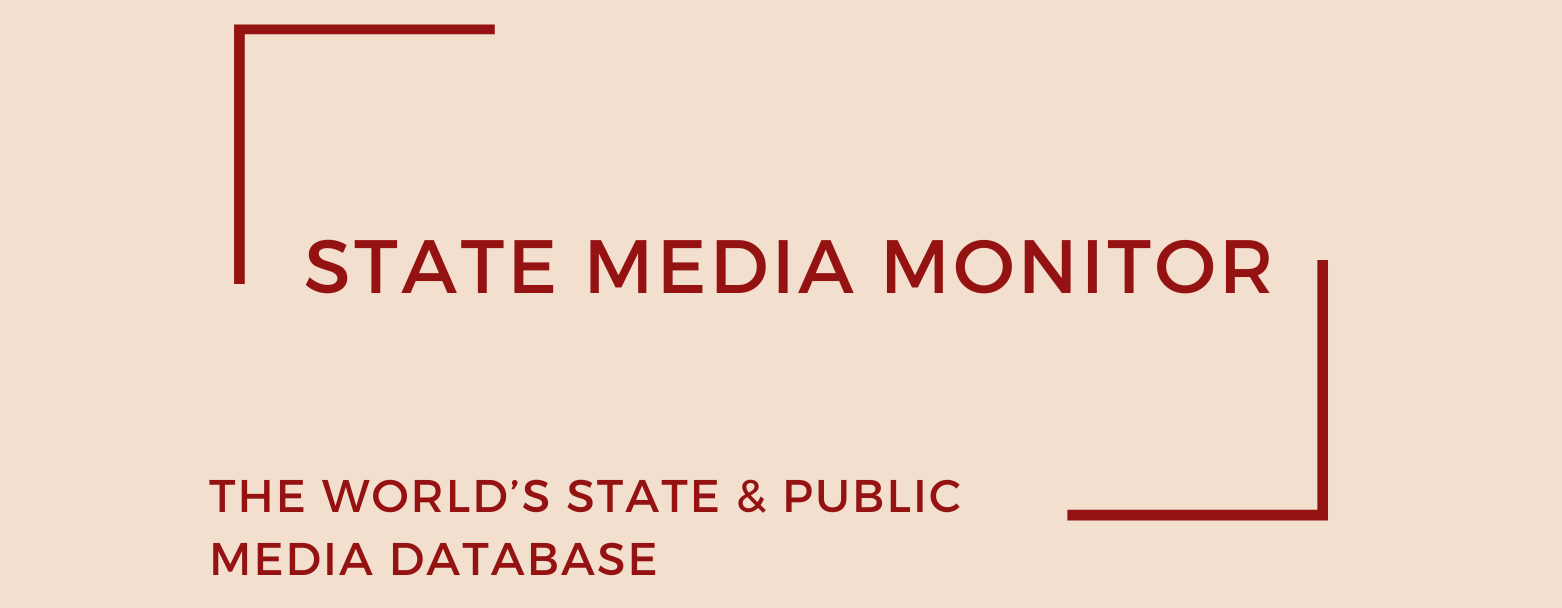Islamic Ideology Dissemination Organization (IIDO)
The Islamic Ideology Dissemination Organization (IIDO) serves as the overarching body supervising several key media entities in Iran, notably the Tehran Times, Mehr News Agency (MNA), and Tasnim News Agency. Tehran Times, founded in 1979, was Iran’s first English-language daily and has long positioned itself as a conduit for the Islamic Republic’s ideological messaging abroad. In 2002, the newspaper launched Mehr News Agency, broadening its media footprint. All three outlets now operate under a unified management structure overseen by IIDO, which also runs an extensive publishing operation and a network of religious and cultural institutions.
Media assets
Publishing: Tehran Times
News agency: Mehr News Agency (MNA), Tasnim News Agency
State Media Matrix Typology
Ownership and governance
IIDO is a state-controlled entity whose governance is tightly tethered to the apex of Iran’s political and religious hierarchy. Its director is appointed directly by the Supreme Leader of Iran, underscoring the organization’s central role in propagating state ideology. Since 2018, Hujjat al-Islam Mohammad Qomi has helmed IIDO, having been personally appointed by Ayatollah Ali Khamenei. Qomi is a senior Shia cleric with deep connections to the political establishment and a record of spearheading ideological and cultural initiatives aligned with the regime’s objectives.
While the organization itself reports to the Supreme Leader, its media arms also reflect internal alignments with powerful factions within the state. Most notably, Tasnim News Agency is widely recognized for its affiliation with the Islamic Revolutionary Guard Corps (IRGC)—a military and ideological force that exerts significant influence over both domestic affairs and regional geopolitical policy. Tasnim’s editorial line often mirrors the IRGC’s messaging priorities, particularly on security, regional intervention, and resistance discourse.
Source of funding and budget
IIDO does not disclose detailed financial statements or budget reports. Nevertheless, Iranian media observers and local experts with knowledge of internal operations suggest that the organization’s media activities are heavily subsidized. It is estimated that up to 75% of its operating costs are covered by state allocations, with the remainder drawn from advertising revenues—much of which originates from other state-linked institutions and government-controlled companies. This structure makes IIDO’s media arms financially dependent on public funding, reinforcing their alignment with state interests.
Editorial independence
Despite occasional claims to editorial autonomy, IIDO’s affiliated outlets serve as direct instruments of the Iranian state’s communication strategy. The Tehran Times proclaims its role as “a loud voice of the Islamic Revolution and the loudspeaker of the oppressed people of the world,” distancing itself rhetorically from government affiliation. However, in practice, the newspaper functions as an English-language propaganda platform, echoing the state’s positions and framing aligned with Iran’s foreign policy and ideological narratives.
MNA, likewise, acknowledges its institutional connection to government authorities, which ensures privileged access to official information but also severely constrains editorial independence. Tasnim, the most overtly ideological of the three, states its mission as defending the Islamic Revolution from “negative media propaganda”—a phrase commonly used in Iran to discredit critical or foreign media outlets. Its reporting is consistently aligned with the IRGC’s worldview and serves as a key node in the state’s narrative-building infrastructure.
To date, no independent regulatory framework, statute, or oversight body exists to safeguard or verify the editorial independence of IIDO’s media operations. Nor is there any transparency mechanism that would allow public scrutiny of governance or journalistic standards. International watchdogs and local press freedom advocates have routinely classified these outlets as state-aligned or captured, pointing to their role in reproducing government messaging and suppressing dissenting viewpoints.
July 2025
Citation (cite the article/profile as part of):
Dragomir, M. (2025). State Media Monitor Global Dataset 2025.
Media and Journalism Research Center (MJRC).
Zenodo.
https://doi.org/10.5281/zenodo.17219015
This article/profile is part of the State Media Monitor Global Dataset 2025, a continuously updated dataset published by the Media and Journalism Research Center (MJRC).
